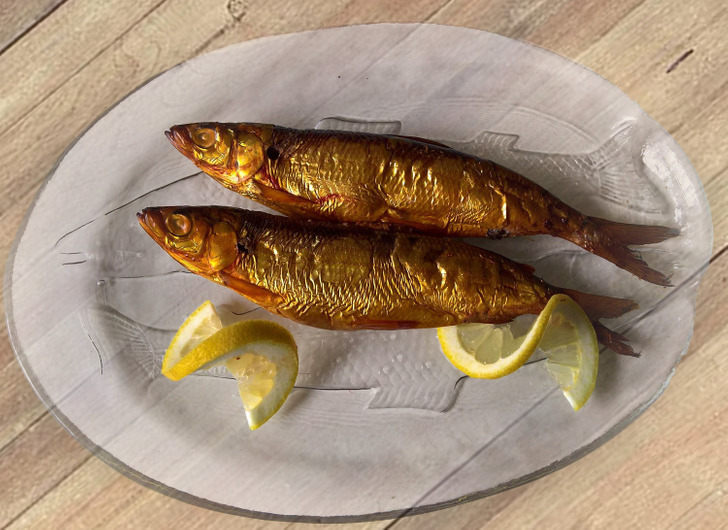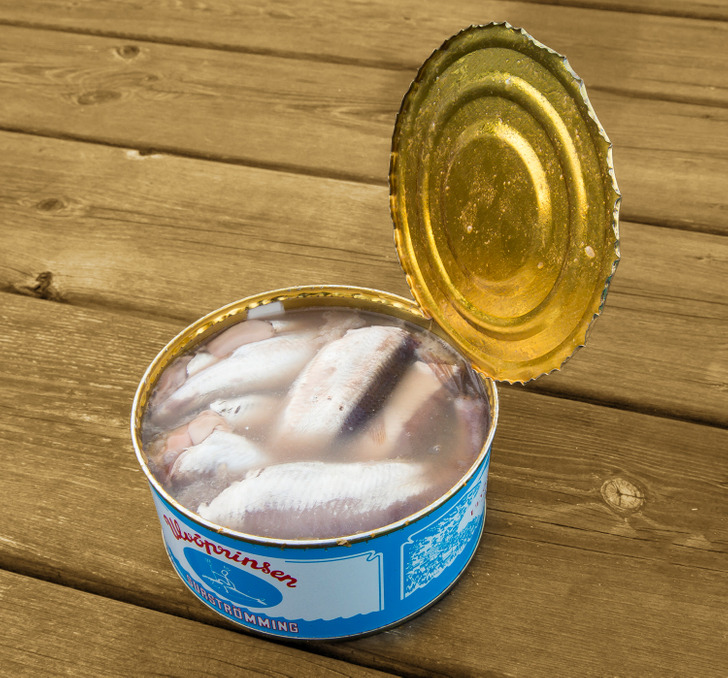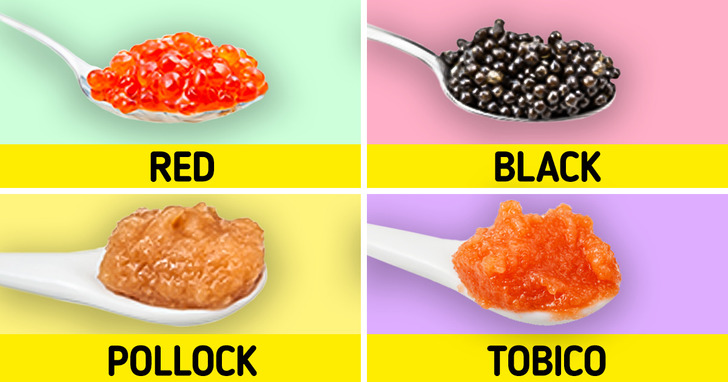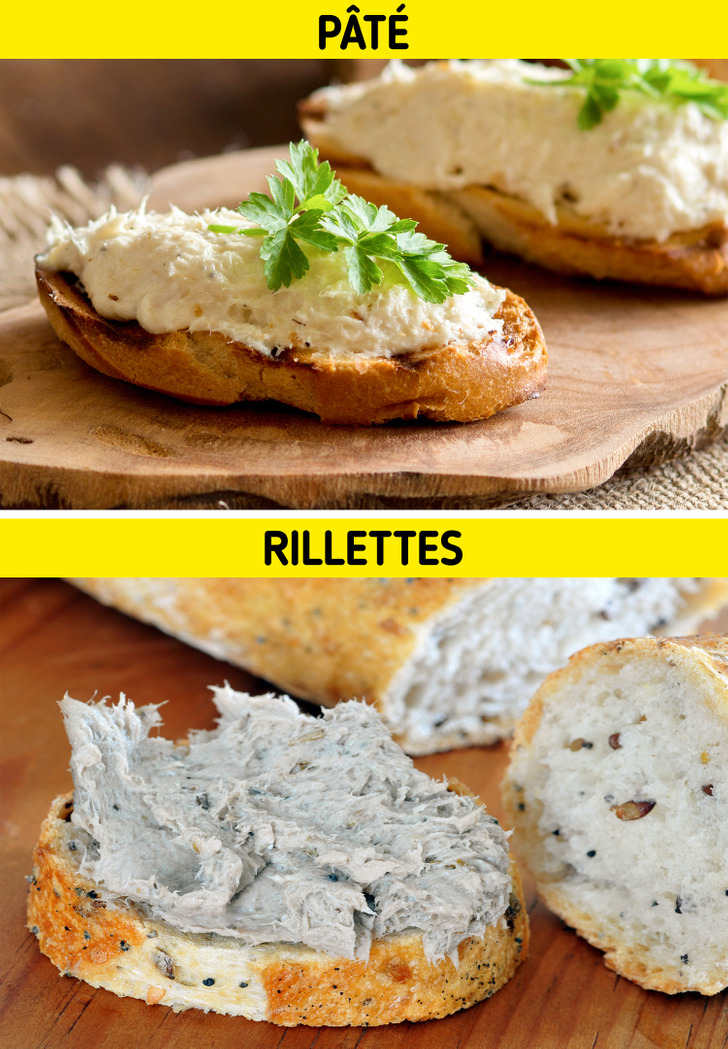A Guide to Types of Fish Snacks
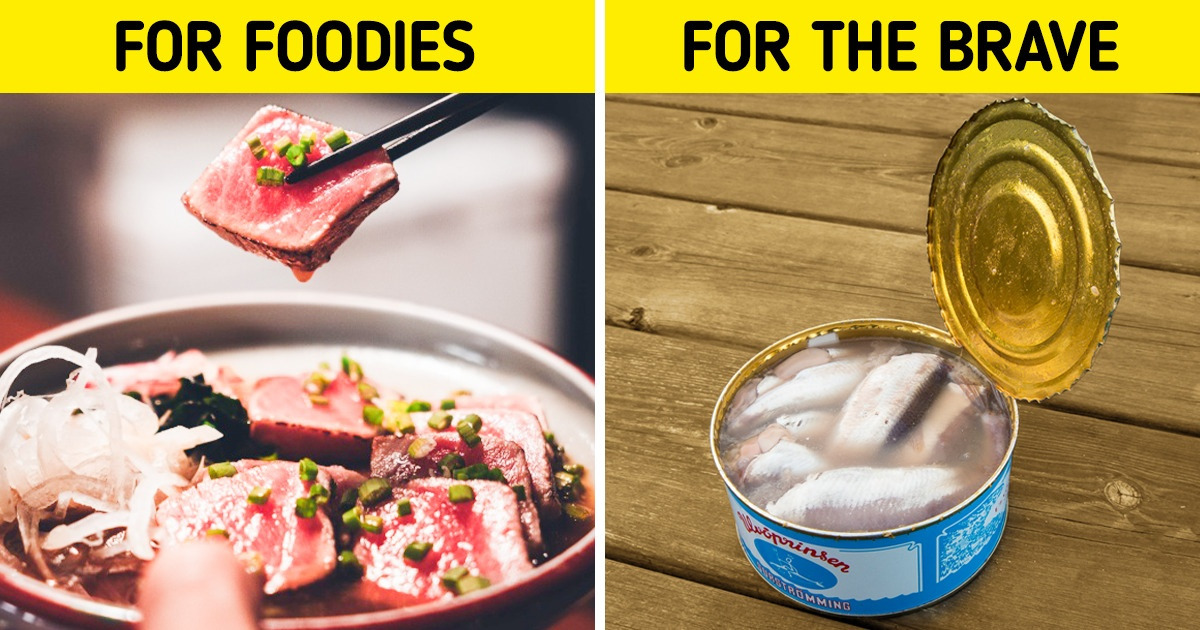
Fish is an important part of our diet. A healthy diet should include at least 2 portions of fish a week, including 1 of oily fish. A portion is around 140g (4.9oz). We usually eat cod, pollock, herring, and mackerel. But among the many different types of fish, there are those that we call exquisite snacks.
We at 5-Minute Crafts decided to find out what types of fish snacks and meals there are.
1. Fresh fish
Some types of fish are exquisite snacks in and of themselves. For example:
- Salmonidae is a family of fish that includes salmon, trout, chars, freshwater whitefishes, graylings, taimens, and lenoks. They are valued for red caviar and oily red meat, rich in protein, omega-3, and vitamin D.
- Sturgeon is a family of fish including sturgeon, sterlet, beluga, and others. They are valued for black caviar and tender meat.
- Tuna is a group of fish of the Scombridae (mackerel) family. There are 15 types, the most popular being yellowfin, bigeye, bluefin, albacore, and skipjack. They are often used for steaks, sushi, and sashimi. Tuna is also often added to salads, rolls, and grills.
- Icefish is a collective name for fish of the white-blooded family living mostly in the Antarctica. They have white blood because there’s a lack of hemoglobin. They are valued for tender white meat with an oily texture and a high concentration of fat.
- Fugu is the name of fish and the name of the Japanese meal. It’s famous for containing tetrodotoxin. If the fish is cooked incorrectly, it may be lethal. Cooking fugu in restaurants if strictly regulated by laws in Japan, and only by chefs that have 3 or more years of training. Usually, fugu is served as sashimi or a stew made of fish and vegetables.
- Anchovy are small fish that are 1 to 15 inches in length. They are mostly sold marinated or canned with oil or brine. Anchovy are used to flavor meals, making Worcestershire sauce, seasoning Caesar salads and other kinds of sauces, and also as pizza topping.
2. Smoked fish
Smoked fish is loved for its unique taste and flavor that it gets while cooking. Usually, types of fish like trout, salmon, mackerel, herring, bass, and halibut are used.
There’s hot and cold smoking. In hot smoking, fish is baked with smoke and heat, getting the smoky taste and flavor through heat treatment. In cold smoking, fish remains rather raw than cooked. It’s smoked at 68 to 86°F, so the taste become smoky but the meat remains relatively wet.
3. Salted fish
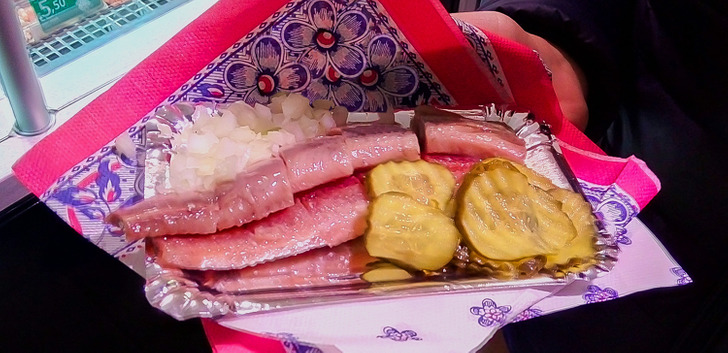
Salted fish is when the fish is cured in dry salt to preserve it and eat later. Salt suppresses the growth of microorganisms, sucking the water from the germ cells and creating a salty environment most pathogens can’t live in. To achieve such an effect, the salt concentration should reach 20%. Spekesild is one of the most popular snacks made using salt.
4. Fermented fish
Aside from traditional ways of cooking, fish is also fermented. The most famous example is the Swedish national meal Surströmming. It’s lightly-salted fermented herring. During the production, the exact amount of salt needed to prevent the decay of fresh fish is used.
The fermentation process takes at least 6 months and the fish gets a distinct strong flavor and sour taste. A recently opened can of surströmming has of the most putrid food smells in the world, even stronger than similarly fermented fish dishes such as the Korean hongeohoe or Japanese kusaya.
5. Caviar
Caviar is the eggs of fish, clams, and echinoderms and the food made from them. There are several types of caviar:
- Red caviar is from the salmonoid fish group and has a red color. It’s used as a snack and served on bread. In Japanese cuisine, it’s marinated in salt or say sauce before eating.
- Black caviar is from sturgeons. The color varies from pale silver-grey to rich black. This caviar is strong and elastic, has a creamy oily taste and the soft aftertaste is valued the most.
- Pollock caviar has a mash-like texture because the eggs are very small. It’s eaten as a snack, used in sandwiches, and in Japanese and Korean cuisines, it’s a popular ingredient in some meals, such as salads, omelettes, pizza, pasta.
- Tobico is the flying fish caviar. The eggs are very small (0.5 to 0.8 mm), they are red-orange and crunchy. It’s used for sushi and rolls, for example “California.” Tobico caviar is sometimes dyed with wasabi to make it green, yuzu to make it pale orange, and squid ink to make it black.
6. Pâté and rillettes
Fish pâté is a paste made from minced fish, vegetables, spices, and other ingredients baked. It’s usually served cold or hot on bread and crackers.
Rillettes is also a paste like pâté but the cooking method is different. During the production, the meat is seasons, and slowly fried in fat for 4-10 hours, then minced and packed into a sterile container covered with fat. Rillettes are mostly made from tuna, salmon, and anchovy. The meal is served at room temperature, on a thick layer on fried bread.

